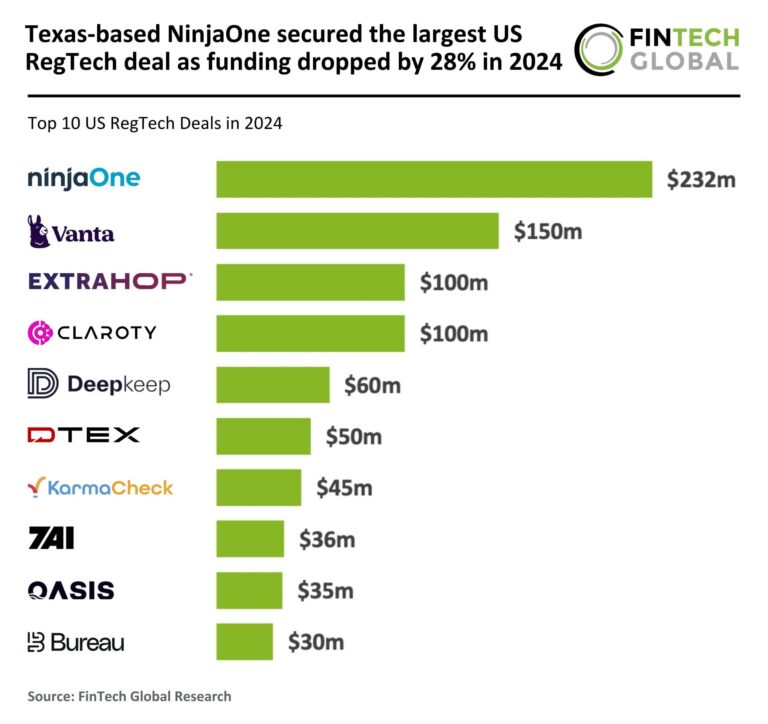Deepfakes: The Emerging Financial Threat and Essential Strategies for Defense
In the rapidly evolving landscape of technology, deepfakes have emerged as a significant threat, especially for businesses in the financial sector. A recent incident involving a mid-sized FinTech company highlights the alarming potential of deepfake technology, which can easily deceive even seasoned professionals during routine transactions.
Understanding Deepfakes and Their Impact on Businesses
Deepfakes refer to synthetic media generated by artificial intelligence, which can convincingly replicate a person’s voice, appearance, and mannerisms. While they have applications in entertainment and education, the risks they pose in the corporate world—particularly in finance, payments, and digital assets—cannot be overlooked. Here are some of the primary dangers:
- Fraud: Criminals can exploit deepfake technology to impersonate executives and authorize illicit transactions.
- Identity Theft: Deepfakes can bypass traditional Know Your Customer (KYC) protocols, creating vulnerabilities in security.
- Misinformation: False information spread through deepfake media can lead to reputational damage.
- Financial Losses: A single deepfake incident can result in significant monetary damages and regulatory challenges.
Legislative Measures Against Deepfakes
The legal landscape is currently lagging behind the technology, with no comprehensive federal laws in the U.S. addressing deepfakes directly. Nevertheless, several legislative initiatives are underway:
Proposed Federal Legislation
State Level Responses
States like California, New York, and Texas have introduced laws targeting deepfake-related fraud and election interference. Other states, including Florida, Louisiana, and Oregon, are also taking steps to criminalize specific harmful uses of deepfakes, especially those aimed at minors or in political contexts.
Strategies to Combat Deepfake Fraud in Financial Services
To protect their operations, financial institutions must implement proactive measures against the threat of deepfakes:
- AI Verification Tools: Utilize advanced KYC/KYB solutions that incorporate biometric and machine learning technologies to identify deepfakes.
- Multi-Factor Authentication (MFA): Implement additional verification methods, such as SMS codes or biometric scans, to enhance security.
- Employee Training: Educate staff on recognizing the signs of deepfake technology and potential fraud attempts.
- Industry Collaboration: Work with peers and regulators to share intelligence on threats and best practices.
As deepfakes continue to evolve, they present a complex challenge to the financial services sector. Companies must take the lead by investing in technology, training, and advocacy to safeguard their operations and influence future legislation.
For more insights into the implications of deepfake technology, visit AIPrise’s essential guide to deepfakes.







